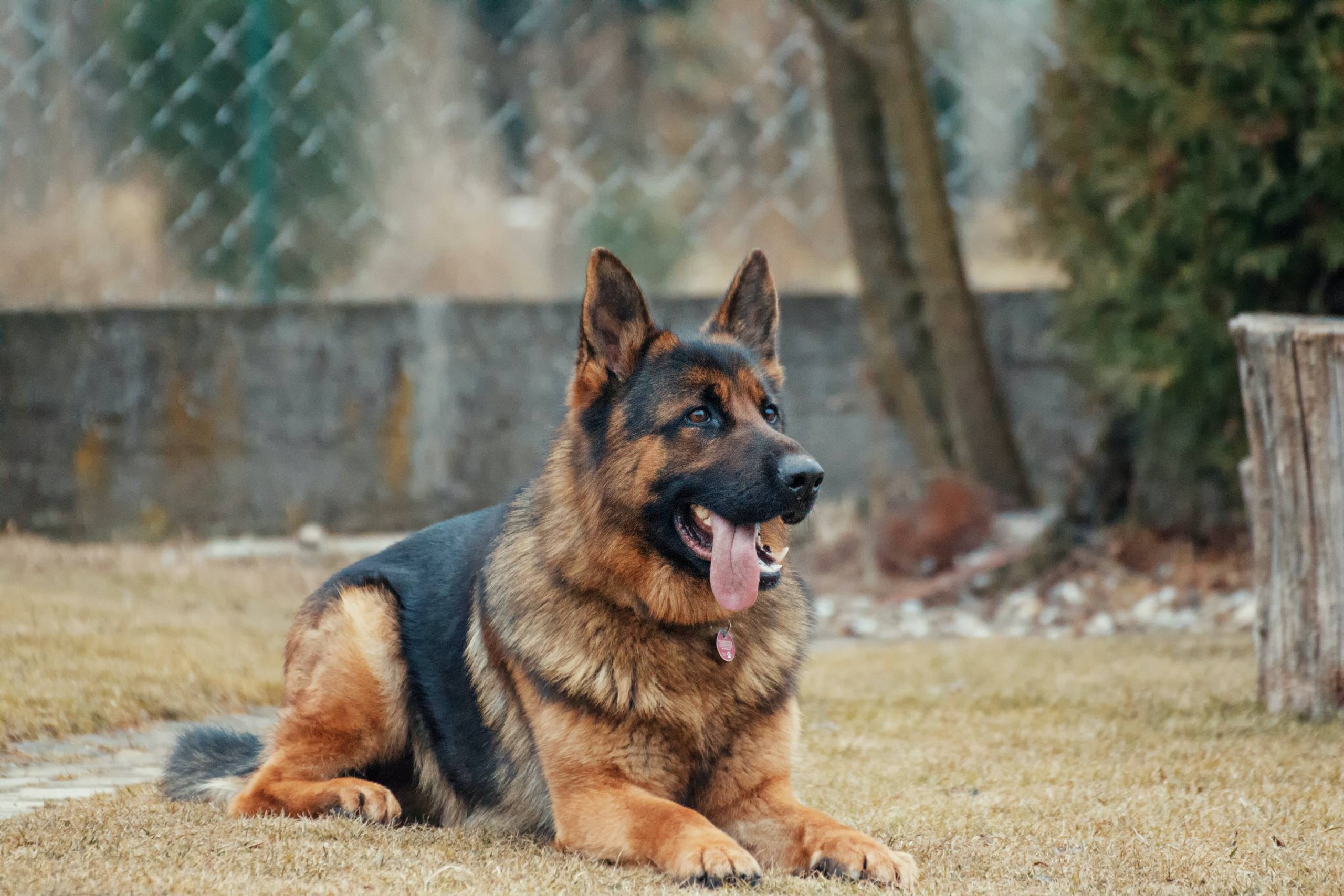As a responsible dog owner, ensuring your furry friend has a nutritious diet often includes delicious treats. A common question arises: are bones a safe option for dogs? While bones can provide a flavorful chewing experience, not all are suitable for your pet. Understanding which bones are safe can lead to healthier choices that promote your dog’s well-being.
# Key Factors to Consider
When selecting bones for dogs, size, type, and preparation are crucial factors. Giving your dog the wrong kind of bone can result in serious health issues, such as broken teeth, choking, or gastrointestinal blockages. Raw bones are usually safer than cooked ones; cooking can make bones brittle and more likely to splinter. Opting for raw bones helps reduce potential injuries while providing essential nutrients and minerals that contribute to your dog’s overall health.
# Choosing the Right Bone
Selecting an appropriate bone size for your dog’s breed and chewing habits is vital. Larger dogs can handle bigger bones, while smaller breeds might struggle with large ones, posing choking hazards. Always supervise your dog during bone time and be prepared to intervene if necessary.
Beef, lamb, and bison bones are popular choices for safe chewing. These bones tend to be sturdy enough for heavy chewers and provide an enjoyable experience. Marrow bones are particularly enticing, but consumption should be moderated to prevent excessive calorie intake.
Pork bones require caution; while raw pork bones can be safe, cooked pork bones splinter easily and pose a risk. Always choose raw, meaty bones from reputable suppliers.
Chicken bones often raise concerns among pet owners. Raw chicken bones can be safe, but cooked ones are highly dangerous due to their tendency to splinter. If offering chicken bones, ensure they are raw and keep a close eye on your dog.
Turkey necks or wings are another safe alternative. These bones come with a good amount of meat, enhancing the chewing experience. Again, ensure they are raw to avoid any dangers associated with cooked bones.
# Size Matters
The size of the bone is crucial. A bone that’s too small can pose a choking hazard, while an overly large bone can be difficult for smaller dogs to manage. Ideally, the bone should be larger than your dog’s mouth to minimize the risk of accidental swallowing.
# Alternatives to Bones
If you prefer alternatives, dental chews and specially designed dog toys can mimic the chewing experience without the risks associated with bones. These products come in various flavors and textures to keep your dog engaged.
For dogs new to chewing, starting with softer options allows for a gradual adjustment to the texture and experience without overwhelming them. Monitor their chewing habits and adjust the hardness of the bones as they become more comfortable.
# Health Considerations
Before offering bones, consider any pre-existing health conditions. Dogs with dental issues, sensitive stomachs, or a history of pancreatitis may not be suitable candidates for bone chewing. Consulting a veterinarian before adding bones or new treats to your dog’s diet is always wise.
Incorporating bones into your dog’s regimen can enrich their life and provide mental stimulation. Chewing is a natural behavior for dogs, and bones satisfy their instinctual need to gnaw, promoting happiness and engagement.
# Monitoring Bone Consumption
Establish guidelines for bone consumption. Limit the time your dog spends chewing to prevent overindulgence. While bones can offer nutritional benefits, moderation is essential. Always ensure fresh water is available, as chewing can lead to dehydration.
Watch for any signs of distress while your dog enjoys their bone. Excessive drooling, gagging, or discomfort warrants immediate attention. If any concerning symptoms arise, remove the bone and consult a veterinarian. Your dog’s safety is paramount.
In addition to providing bones, a balanced diet that meets all your dog’s nutritional needs is crucial. While bones can enhance their routine, they should complement a well-rounded diet rich in essential vitamins and minerals.
# Creating a Safe Environment
Creating a safe environment for your dog to enjoy their bone is just as important as the bone itself. Designate a specific area for chewing, away from other pets or distractions. This will allow your dog to focus and enjoy their treat without interruptions.
Watching your dog happily chew on a bone brings joy and contributes to their overall well-being. With the right knowledge and precautions, you can ensure a safe and enjoyable bone experience that satisfies their natural instincts.



